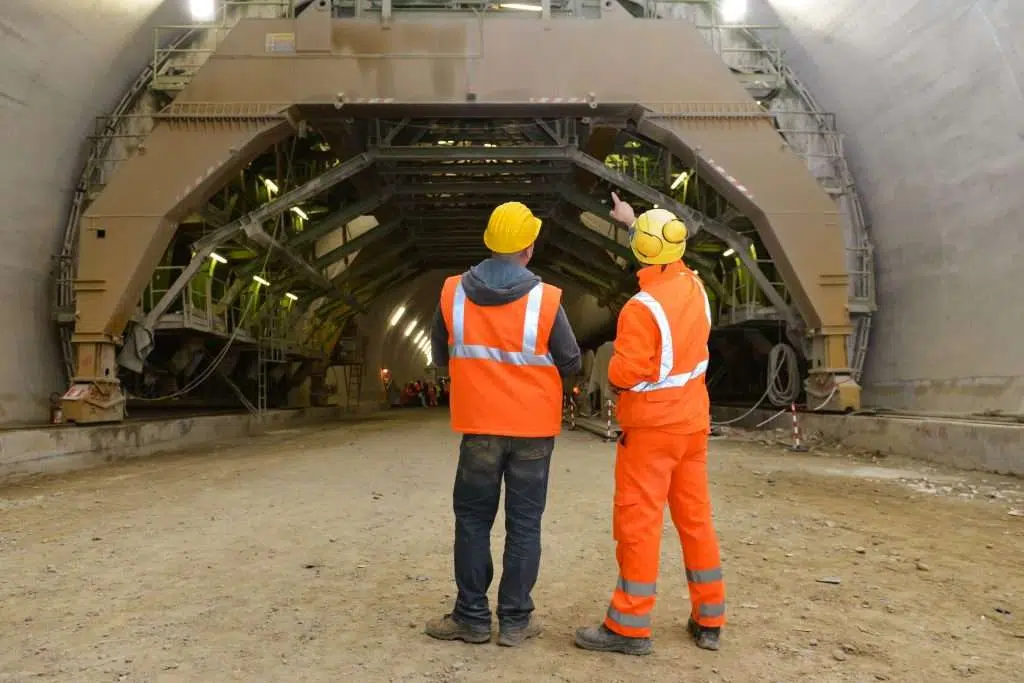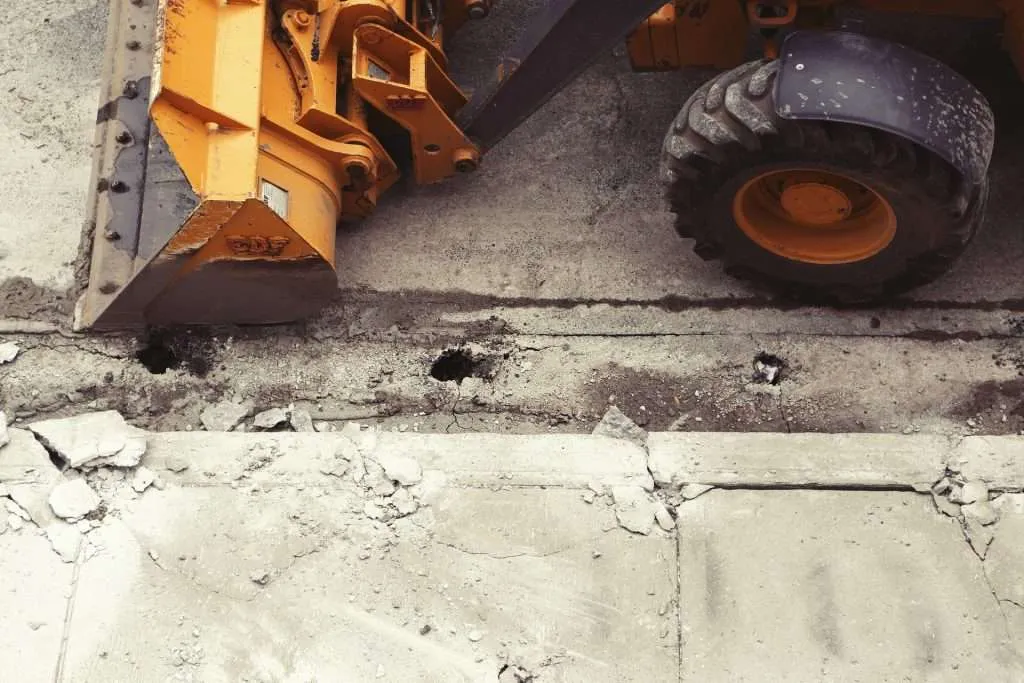How does the IoT make it possible to secure and optimize construction sites?
Reading time
Level

Every year in France, in the construction sector, 8 million working days are lost due to accidents at work. (Source: Amélie) The main causes of work interruptions are: manual handling (48%), the risk of falling from height and on the same level (31%) and hand tools (15%). Knowing that one employee out of eighteen is a victim of a work accident and that on average 1 employee in the building and public works sector will accumulate 220 days of work absence over the course of his career, this can generate significant direct and indirect costs for companies. Indeed, the financial consequences of work-related accidents and occupational diseases in the construction trades are estimated at 5% of the cost of the works.
Although the figures have been declining in recent years, they are still too high. To contain this problem, a prevention organization called the OPPBTP (Organisme Professionnel de Prévention du Bâtiment et des Travaux Publics) was created in 1947. For more than 70 years, this organization has had the mission of preventing work accidents on construction sites and controlling the application of regulatory texts. In 2018, the OPPBTP launched the first start-up booster on the theme of “Health-Prevention in the Building and Public Works sector”, to rapidly develop innovative solutions in the field of health and safety at work. Learn more about the start-up booster
With the development of connected devices, many companies have innovated to offer solutions that allow, among other things, to be able to locate people and equipment in real time, to be able to manage access control simply and quickly, or to be able to alert workers in real time in case of danger. In this article, we propose to give you an overview of these different connected applications applied to the construction industry.
Access control
In terms of safety on a construction site, the first sensitive point concerns access to the site. Indeed, it is essential for companies working on a construction site to ensure that no unauthorized person enters without authorization, but also to make sure of the identity of the people on site. Nevertheless, standard access control solutions, often based on so-called “passive” technologies (badge to be put in contact with a reader), can be the cause of a significant loss of time when hundreds of people need to enter a site. Thanks to active RFID or Bluetooth Low Energy technologies, it is now possible to do counting and access control on the fly, saving time since no action on the part of workers is required. Their badge is automatically detected when they pass through the reader’s detection perimeter. Since the detection distance is configurable, this makes it possible to secure the entrance to the site. This type of solution allows managing access authorizations and alerting the security PC in case of an intrusion attempt.

Locating people
Once on the construction site, ensuring the safety of people is also a major issue for construction companies. Indeed, in the event of an incident, it is necessary to be able to locate each employee in real time in order to intervene as quickly as possible.
“On large-scale projects, it is extremely difficult to know the deployment of resources in real time and the counts are tedious and imprecise.” -Testimony of Nicolas LEMAIRE co-founder of Omniscient, a subsidiary of Bouygues Construction-
To facilitate and ensure the reliability of counting workers on site, various location technologies can be used, such as Wirepas Mesh technology or Angle of Arrival (AOA) detection. To learn more about these technologies, we invite you to read this article. Thanks to their localization accuracy, which can be up to a few tens of centimeters, and their ability to separate floors, these positioning solutions help to secure the sites, but also to optimize their management for better productivity.
Thanks to the data uploaded on a business IoT platform, you can know in real time the workforce by floor/area, check the adequacy of resources in relation to the schedule, identify bottlenecks, measure completion times by phase and by floor, track isolated workers and manage access authorizations to certain areas on the basis of clearances or work permits.
Discover here the feedback from the Glory Tower construction site in Singapore.
These indoor localization solutions can also be applied to the tracking of equipment and tools to automate many tasks such as inventory.

Tool localization
On construction sites, it is complicated to secure equipment/materials against theft or loss, and this generates significant additional costs for companies. Knowing in real time the position of equipment can allow to inventory them remotely, to know their rate of use and thus to optimize their management and safety.
Indeed, the location data available in the form of dashboards via the business IoT platforms make it possible to quickly locate the various devices on PC, tablet or smartphone and avoid unnecessary additional costs related to the purchase of equipment.

Proximity detection
In construction areas, large machines can move or be stored and this can quickly become a danger for people on the site. Indeed, the collision between a pedestrian and a machine is the 2nd cause of accidents in the construction industry and represents about 1,100 accidents per year. Thanks to the connected devices, it is possible to alert workers when they enter a dangerous area and thus avoid collisions between vehicles and pedestrians.
This is possible thanks to wireless beacons positioned on site helmets or badge holders, but there are also connected vests. The machine operator can be effectively alerted to the presence of pedestrians in the perimeter of the machine and the pedestrian can also be warned with audible and visual alerts.
To conclude
In France, the construction sector accounts for 7% of the workforce, but more than 20% of work-related accidents. To reduce this figure, construction companies will have to digitize and integrate connected solutions into their business processes to make their sites and teams safer. Nevertheless, the solutions are many and varied, so it is essential for companies to be supported by partners who know the construction business and who will therefore be able to offer solutions adapted to customer needs.


